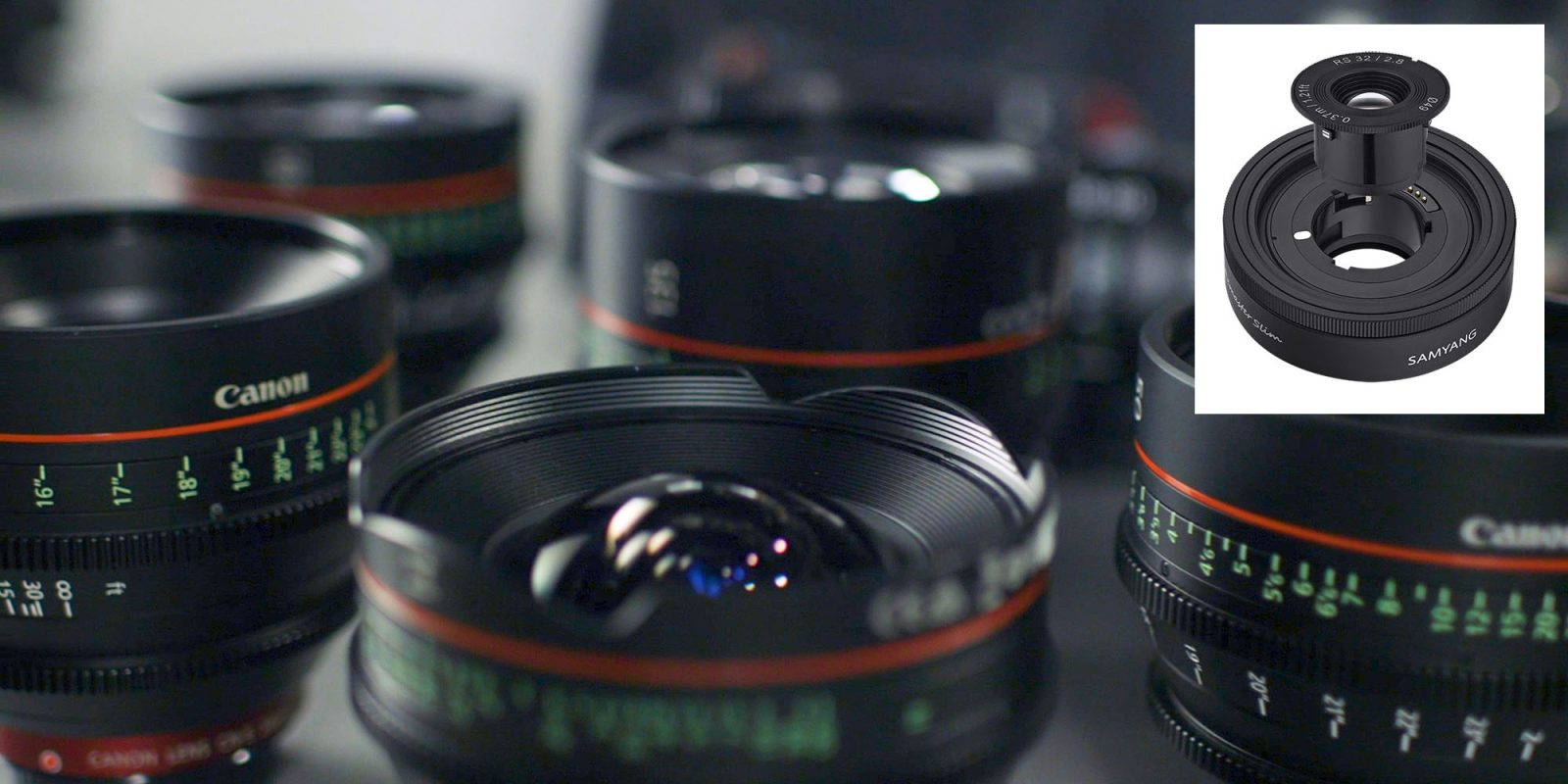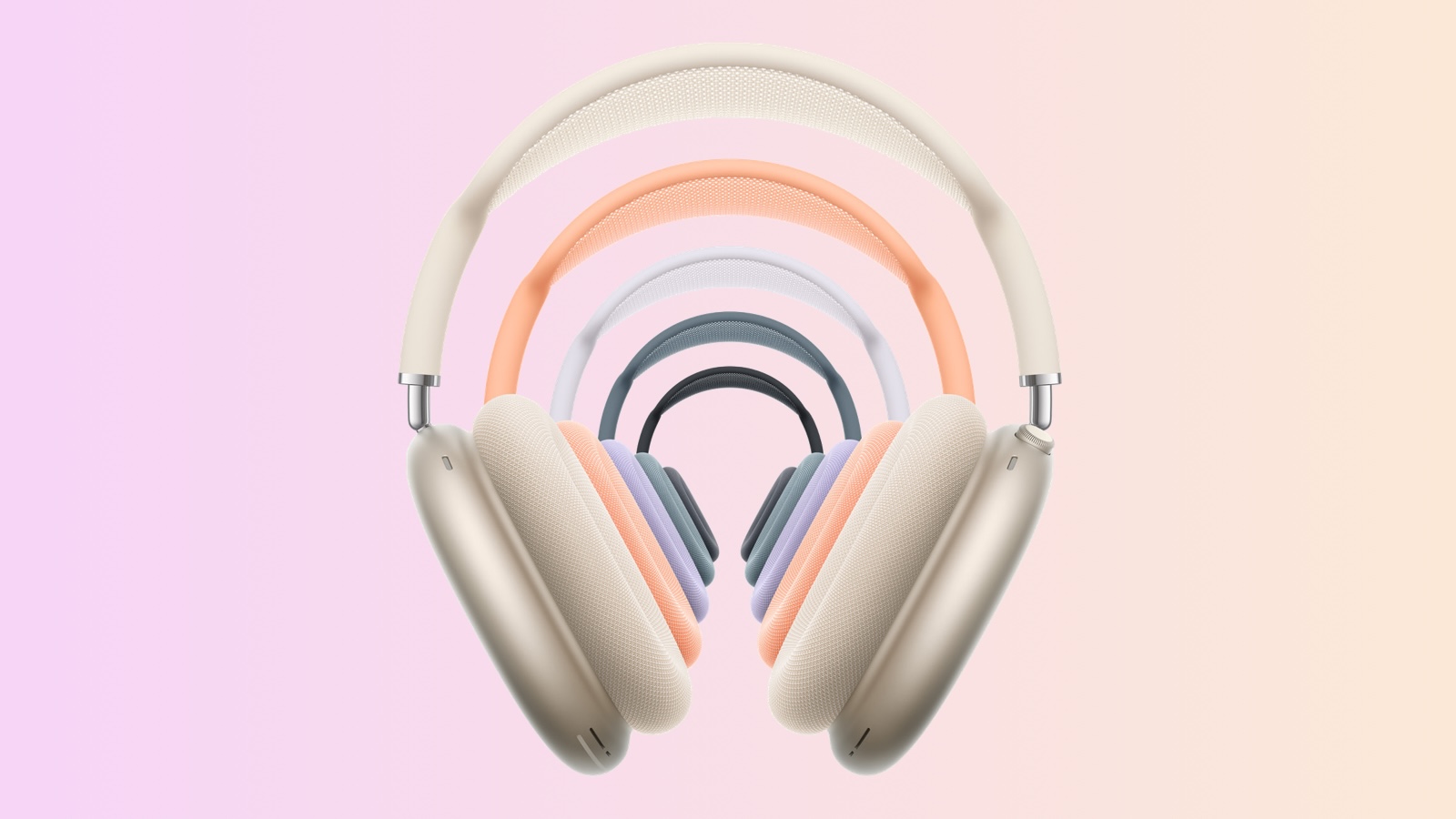
Suggestions that Apple plans to launch an iPhone 17 Slim or iPhone 17 Air are gaining ground, with most reports now pointing to a compromise device.
One big compromise we might see is for Apple to limit the model to a single camera – but there may be a creative solution to this problem, which could give us the equivalent of an entire camera bag full of lenses right there in our pocket …
A quick recap on the iPhone Air rumors
Things kicked off back in April when noted display analyst Ross Young suggested an upcoming change to the Plus model in the iPhone 17 line-up. At that point, he suggested the new model would have a smaller screen size than previous Plus models.
The following month, Jeff Pu was suggesting that the Plus would in fact be replaced by a new model, which was tagged the iPhone 17 Slim.
There have been conflicting reports about where the new model would sit in the line-up, with some suggesting it would fit between the standard and Pro models, while The Information said that it would instead sit at the very top, priced above the Pro Max.
The former idea appears to be the consensus view, with the possibility that it would have just a single camera.
A step toward that ‘single slab of glass’
I expressed my own view is that this might be the 12-inch MacBook of iPhones – a premium price for a model which is competing not on specs, but on design.
Personally I viewed that as kind of the MacBook Exec: Aimed at someone who wanted the most stylish and portable MacBook for undemanding tasks like email, web browsing, and writing – and was willing to pay a premium for the design alone.
I noted Apple’s long-term ambition for the iPhone to become “a single slab of glass,” and suggested that even if an iPhone Air were the most expensive model in the line-up without the best specs, it would find a sizeable market.
Give them an iPhone which is slimmer, sleeker, and more minimalist than anything else in the line-up, and there will be plenty of people lining up to give Apple their money – without having the slightest interest in counting either the cameras or the clock speed.
Swappable optics could be key
The challenge for Apple, however, is how to have that single slab of glass meet the needs of more demanding users. For example, much as I might find a super-slim iPhone Air cute, I’m not willing to sacrifice multiple cameras.
My colleague Jeff Benjamin suggested in a recent chat that perhaps what Apple needs to do is offer a single camera module, but with swappable optics.
Wouldn’t it be cool if a future iPhone model featured a back case with a built-in lens mounting system? Apple could make their own glass and sell it, and third parties could make their own MFi lenses.
Essentially the camera comes with the standard lens, but a thin screw-mount for add on lenses. This would be replicating the system of third-party add-on lenses which require a special iPhone case or cage.
But Korean lens maker Samyang Optics may have just shown an even more efficient way to do it.
Samyang Remaster Slim
What the company has produced is a single lens module with magnetically swappable optics.

This innovative technology allows you to exchange only the optical elements (optical system) inside the lens instead of replacing the entire lens of the camera. This technology allows you to use lenses with various optical characteristics in one lens body, greatly increasing the flexibility of photo and video shooting and efficiently saving space. The magnetically fixed bayonet mount is easy to exchange and can be quickly replaced depending on the situation.
The 21mm, 28mm, and 32mm optical systems are inspired by legendary P&S film cameras of the past. These lenses have been reborn with designs optimized for digital sensors while maintaining their unique characteristics.
(Hat-tip to The Verge.)
This particular system is for Sony’s E-mount cameras, but the exact same principle could be applied to a much smaller iPhone lens.
Here’s how it could work for an iPhone
Apple makes an iPhone with a single camera, with the standard view the company (confusingly) calls Wide. That has a magnetic attachment for add-on optical modules.
Those who are happy with a single camera are good to go, while Apple offers a range of add-on lenses for the rest of us. An obvious product would be a standard pack of two optical elements – one wide angle to replicate the view of the current ultra-wide camera, and another to replicate the current telephoto lens.
Because the company saves money on camera modules, this could even be cost-neutral, with the add-on optics pack bringing the cost back up to what a three-camera iPhone model would cost.
Apple would then have an MFi program which allows third-party companies to offer additional optical modules. Obvious examples here would be a fish-eye, and a choice of telephoto lengths – let’s say 2x, 3x, 5x, and 10x.
In this way, those who just want the simplest and slimmest camera get that, while those who want more flexibility also get what they want – while still having the same ultra-slim phone in their pocket.
Sure, there’s a trade-off here in that we’d need to carry the extra optical modules, but these would be tiny and a complete set could fit inside a very slim case which could itself magnetically attach to the iPhone. Magnetic attachments would make it really quick and easy to swap lenses. I’d gladly accept that compromise in return for the flexibility to have the exact lens I want for every shot.
For example, while I’ve found the 5x lens on my iPhone 15 Pro Max to be impressive, and occasionally useful, most of the time it’s overkill, and I’d rather have the 3x lens I had before. With this system, everyone could have their own preferred focal lengths.
In this way, the ultimate iPhone from a design perspective could also be the ultimate iPhone for photographers. We’d effectively get an entire bag of lenses in a slim case MagSafe’d to our iPhone.
What’s your view? Too much hassle, or fantastic for the flexibility? Please take our poll, and share your thoughts in the comments.
Image: 9to5Mac collage of images from Samyang and ShareGrid on Unsplash
FTC: We use income earning auto affiliate links. More.

 3 months ago
22
3 months ago
22







 English (US) ·
English (US) ·